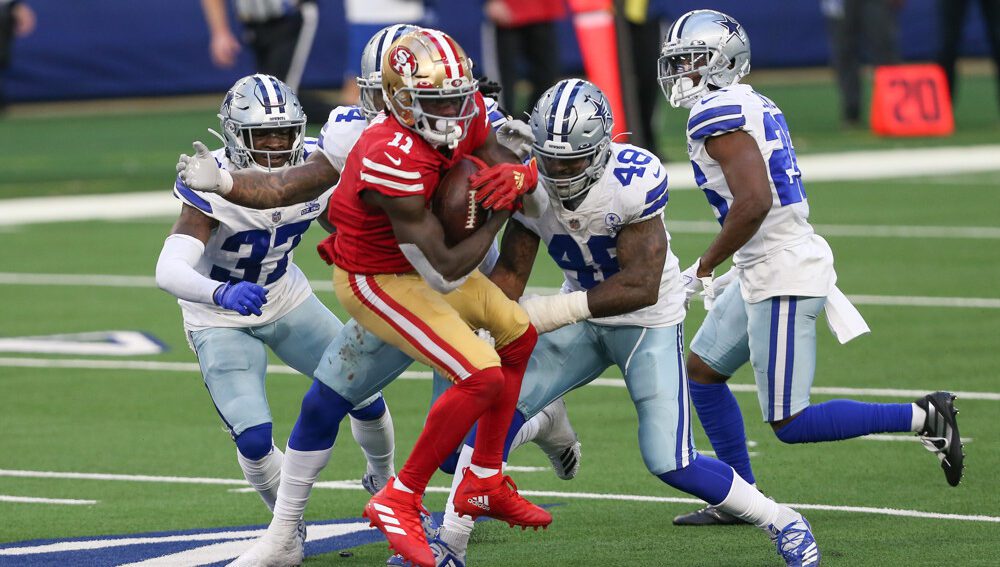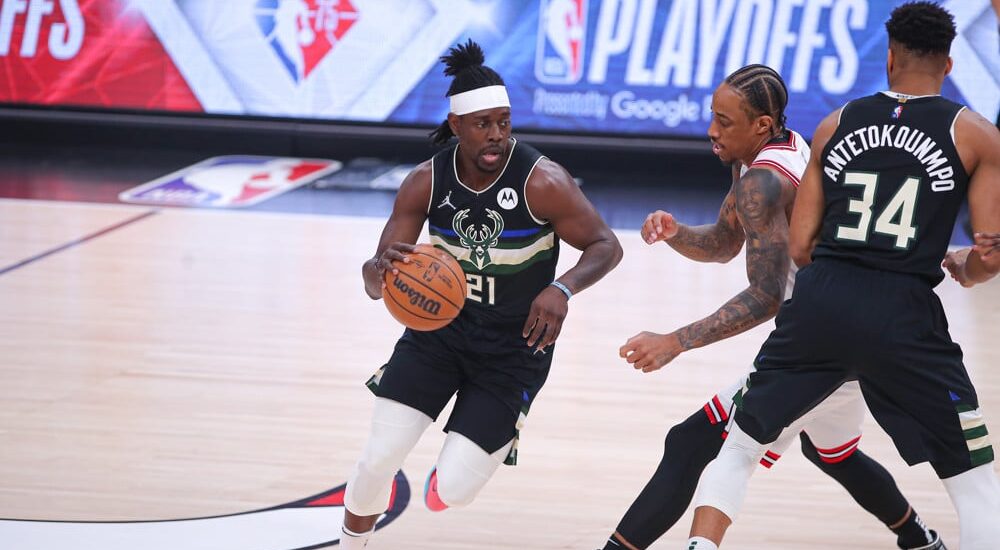What Is Spread Betting?
Spread Betting Explained

What Is Spread Betting?
With the abundance of legal sports betting advertisements over the airwaves, there is a lot of sports betting terminology being thrown at potential new customers in a condensed time. With terms like risk-free signups and same game parlays being repeated over and over, it is possible that new bettors may not even know the baseline basics and most simple sports wagering options.
Before deep diving into some of the more advanced mechanics, it is good to have a refresher of the oldest, most simple, and most wagered on style of bet, spread betting.
The most popular sports bets are based on the point spread. The point spread represents the margin of points in which the favored team must win the game by for a customer to win their bet. Point spread wagers are usually offered at 11 to 10 odds, meaning a customer must risk $110 to win $100.
The point spread is designed to attract an equal number of bets between the two teams in the form of a projected margin of victory.
Different from a money line wager, in which customers are picking which team will win the contest, the losing team in a point spread wager may still provide a win for customers.

What is Spread Betting – Covering The Spread
The favorite is the team viewed as more likely to win. A favorite is always represented with a minus sign (-) preceding the point spread. As mentioned earlier, the usual line for a spread wager is -110, meaning a customer would have to risk $110 to win $100.
If a customer selects the favorite as their spread selection, and it is a winning wager, the customer will receive $210, the $110 stake plus the $100 win. The favorite team 'covers' the point spread when that team wins by an amount greater than the point spread.
For example, if the Patriots are favored over the Jets by three (3) points and the Patriots win by four (4) or more points, the Patriots have 'covered the spread'.
On the flip side, the underdog is the team considered less likely to win and is represented with a (+) sign before the point spread.
Customers who select the underdog in a point spread wager is expecting their team to either win the event outright or lose by an amount less than the point spread. In the same example above, if the Jets are three (3) point underdogs, a customer wins their Jets spread wager if the Jets either win, or lose by two (2), or one (1) point, in which case they're covering their three (3) point spread.
The third option in a spread event is a push, where the customer would receive their stake back and the action is void.
Using the example, if a customer took either the Jets +3 points or the Patriots -3 points and the final score was a margin of three (3) points, the customer would receive their money back and there is no 'winning' said. This is labeled as a push.
How Are Point Spreads Calculated?
The secret sauce for legal sportsbooks will never be revealed in full, but there are many factors that go into the mathematical process that determines what line is produced for an event between two teams.
Factors include how a team performs with home-field advantage (same for how well teams play away from their home stadium), resting or injured players in the lineup that day, weather for outdoor events, and many other factors.
Line Movements and Buying Points
When a line is released for an event (sometimes up to a week in advance for football games), the initial line produced usually does not wind up being the same line before kickoff. Bettors then begin wagering on that initial point spread, which will influence the spread and move it to the most accurate possible number.
As an example, if the Green Bay Packers are -2.5 against the Minnesota Vikings and the amount of dollars is flooding towards the Packers, the line can creep up to -3.5 or even 4 points. The line will stop moving when an equal number of dollars is being wagered on each side of the spread that is being offered. In addition to the line moving, customers can purchase points to the spread, to put the line in a more favorable position.
A customer can see the Packers at -3.5 against the Vikings and purchase one point to make the new spread -2.5. This is especially important in football where key numbers play an important role of a sports bettor's successes or failures. Of course, this comes at a price, as the bettor will have to risk more than the original $110 to win $100. In the example above, moving the Packers line from -3.5 to -2.5 would require the customer to risk $135 to win $100.
WagerTalk offers free NFL picks ATS (against the spread) each day during the season!
***********************************
Free sports picks allow you to monitor a handicapping service to see how they perform before signing up for a long term package. WagerTalk provides daily free predictions to our visitors so they can find a handicapper that is right for them.
Looking for more free sports picks and sports betting tips?
- Latest Betting Odds and Public Action: Vegas lines updated in real time, including whom the public is betting on.
- Last-Minute Handicapping Advice: Check out our extensive library of handicapping tips and advice from professional Vegas handicappers (we also recommend taking the time to look over our sports betting tips video library)
- Want an expert opinion? Check out the latest Free Sports Picks and Best Bets from our team of expert sports handicappers.
Make sure to bookmark all the above!

 Sign up for WagerTalk news alerts and get free picks, discounts and
Sign up for WagerTalk news alerts and get free picks, discounts and
